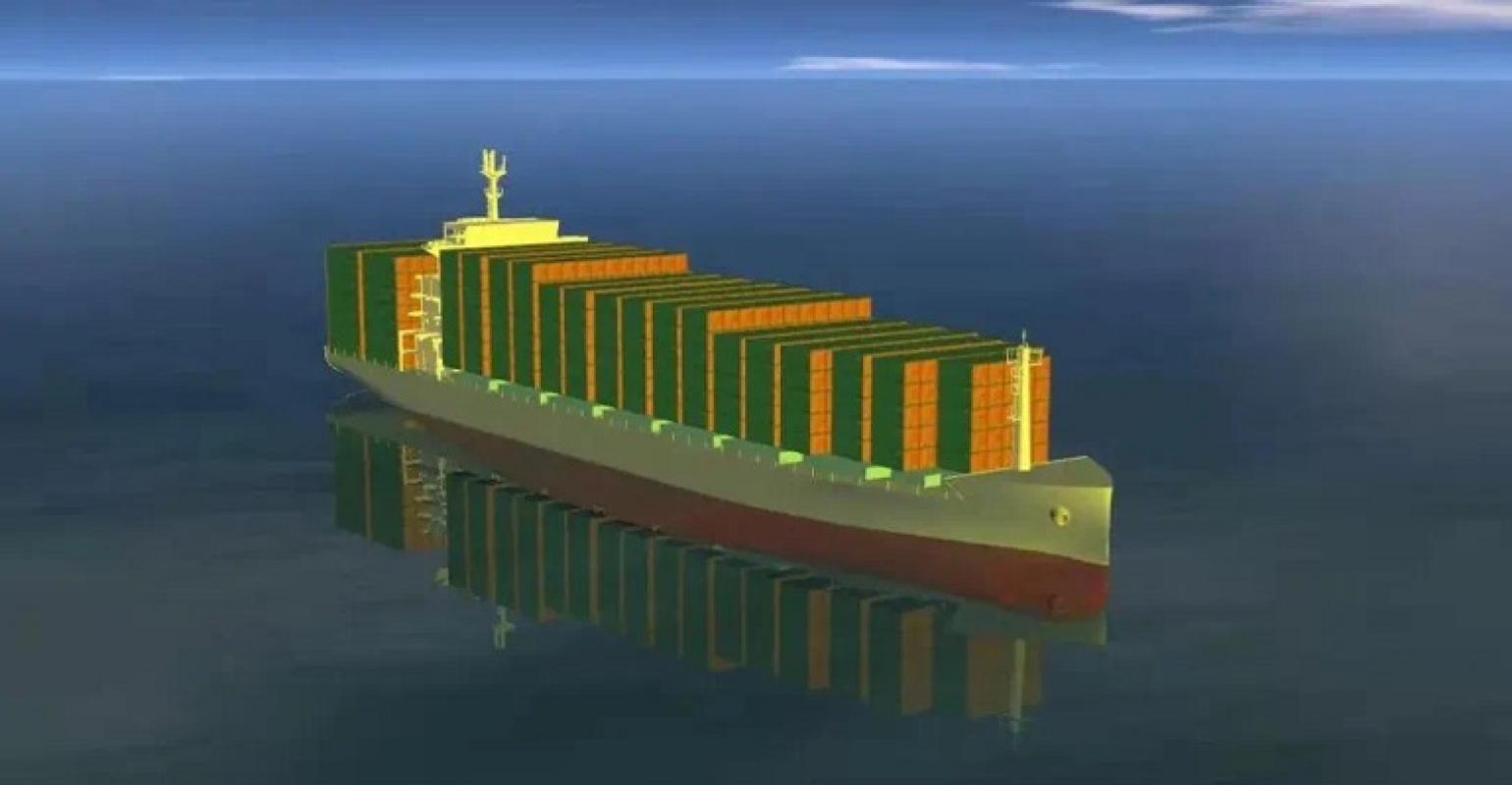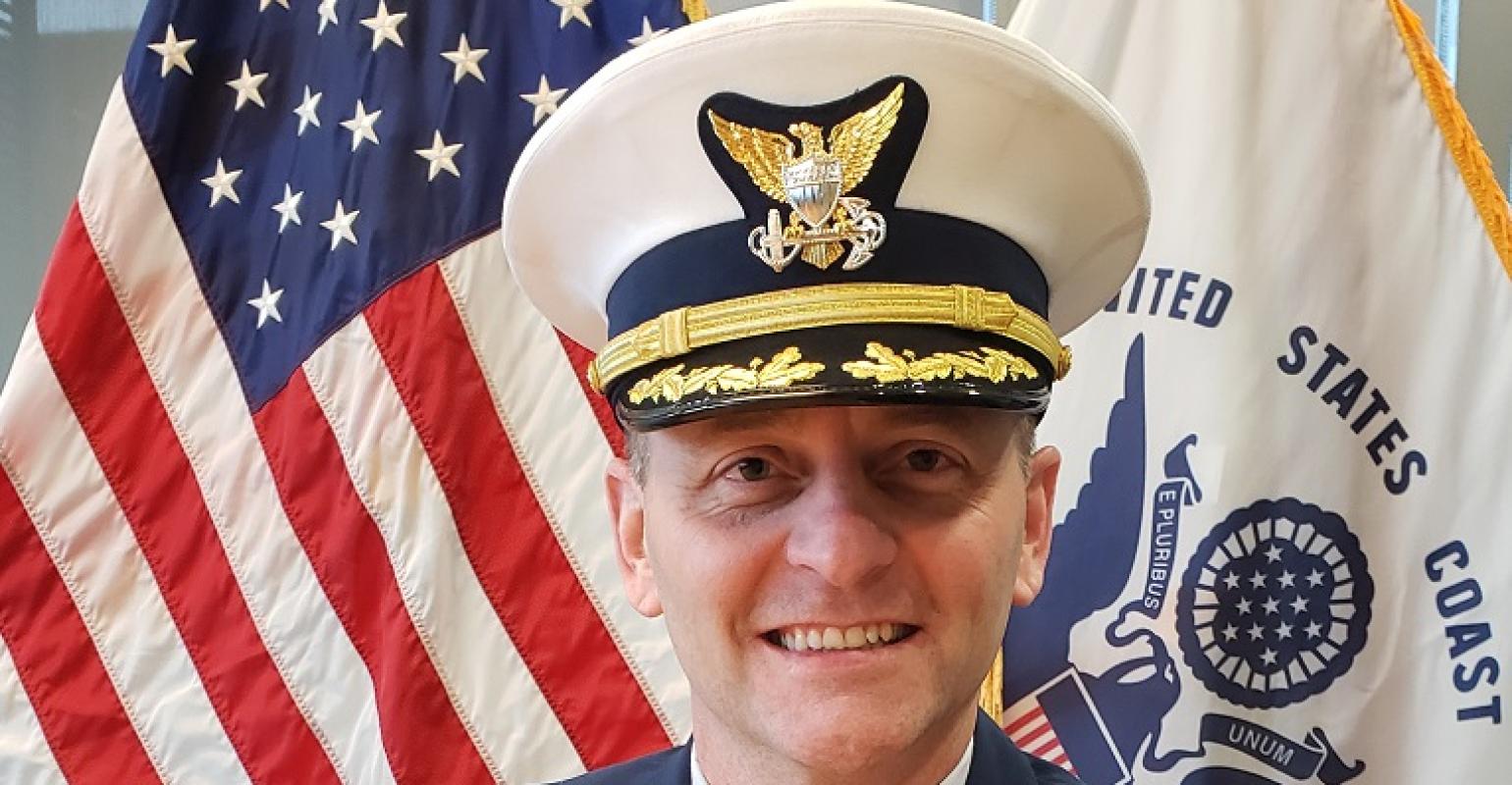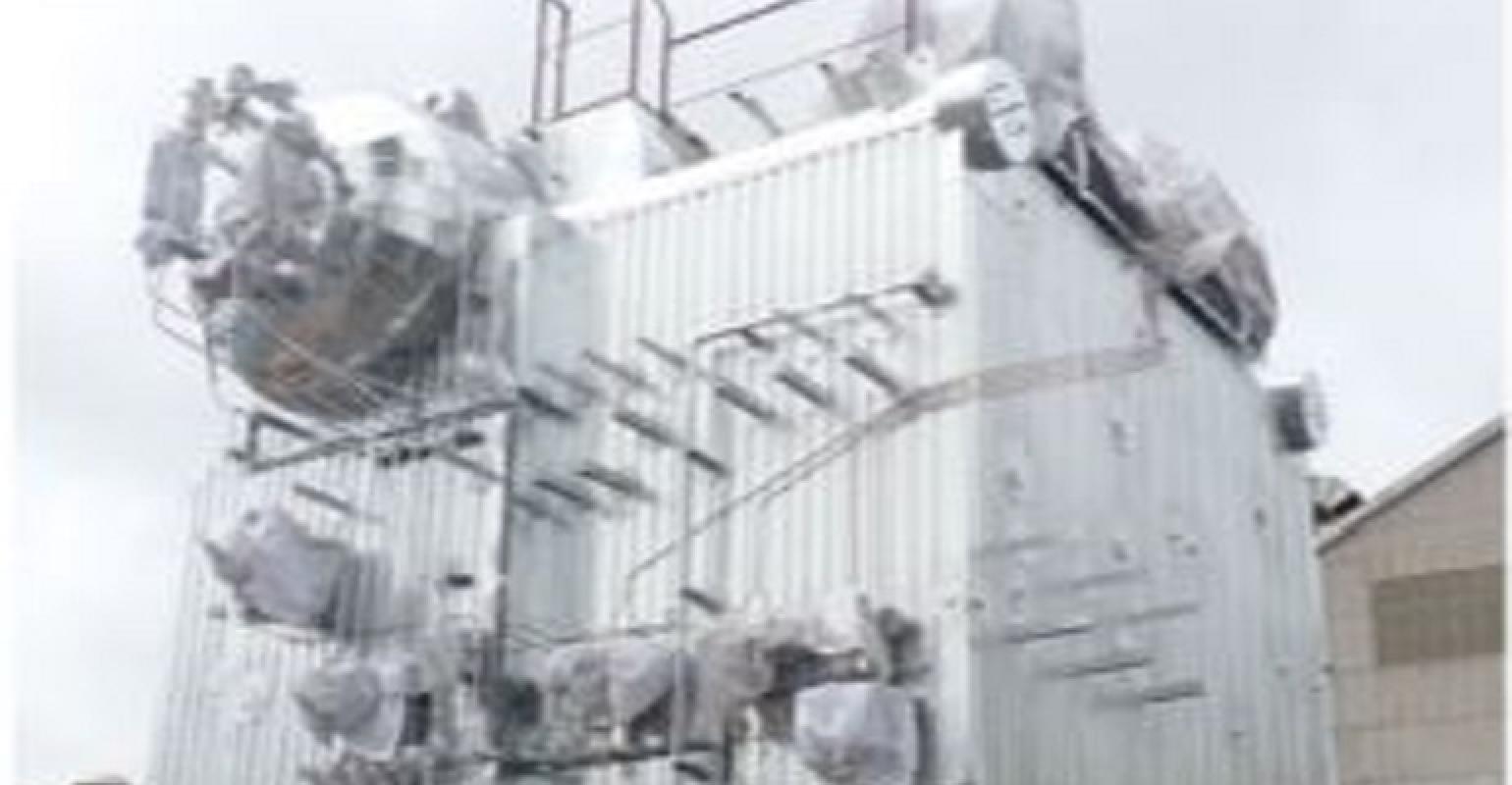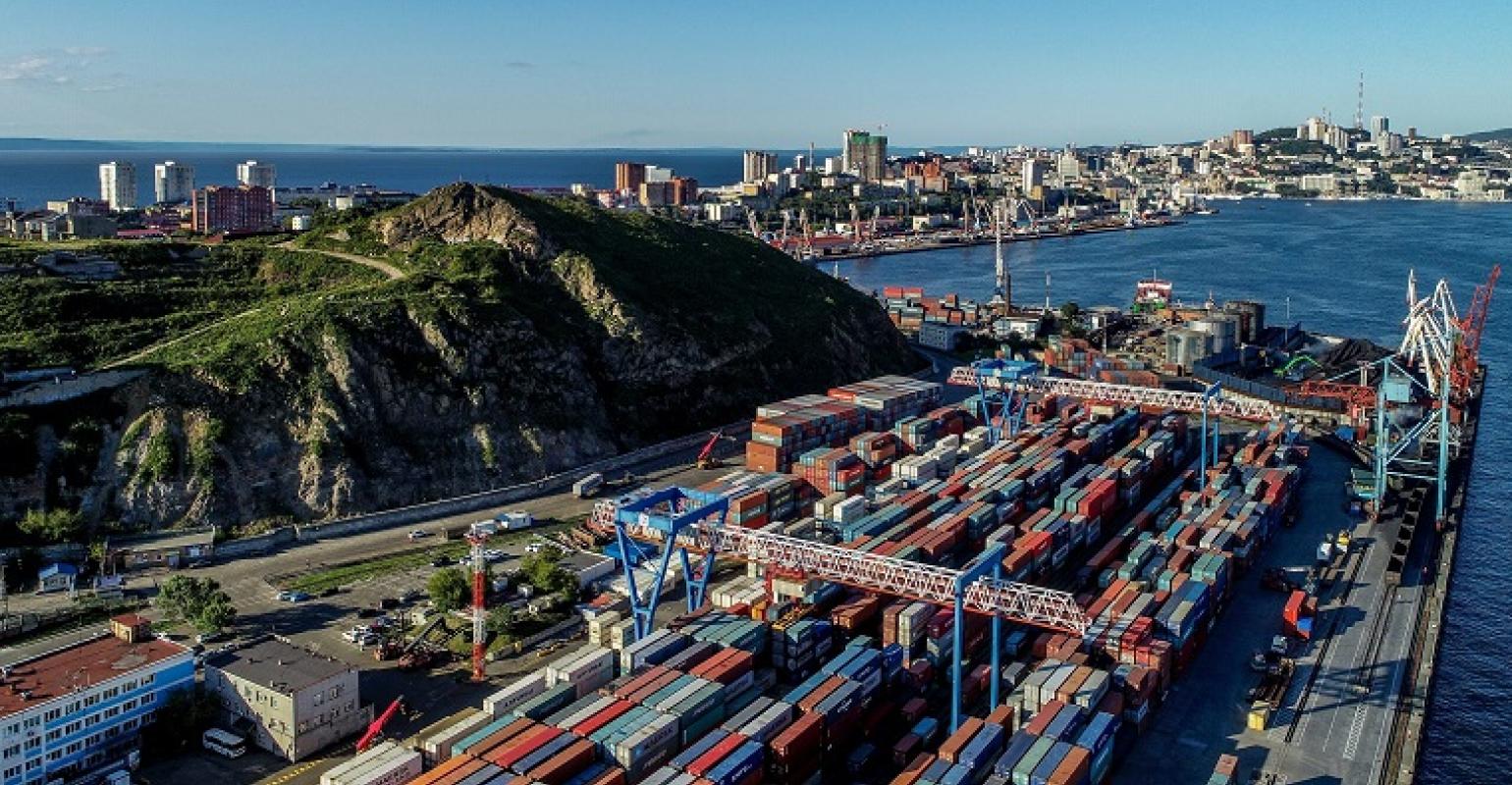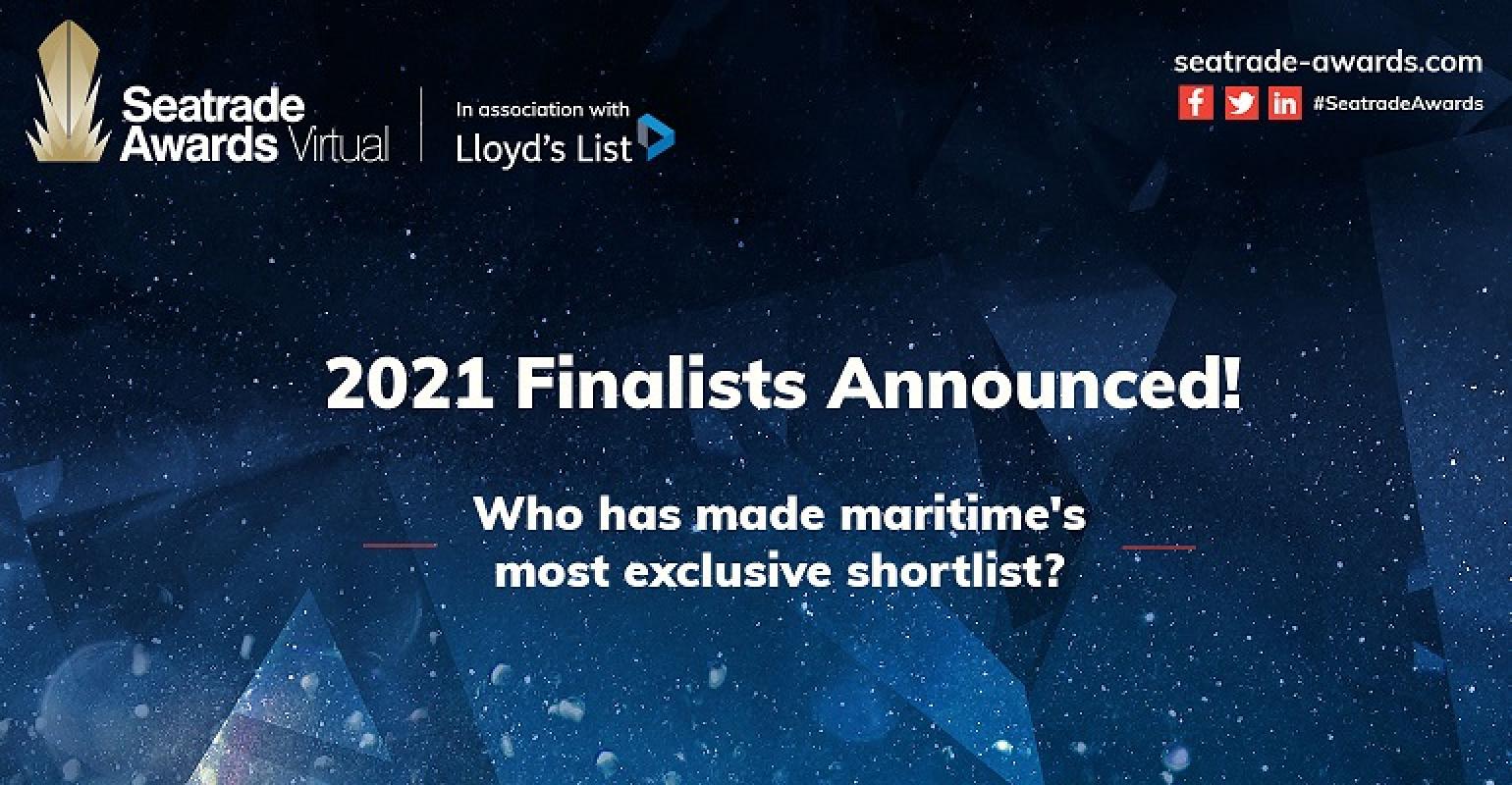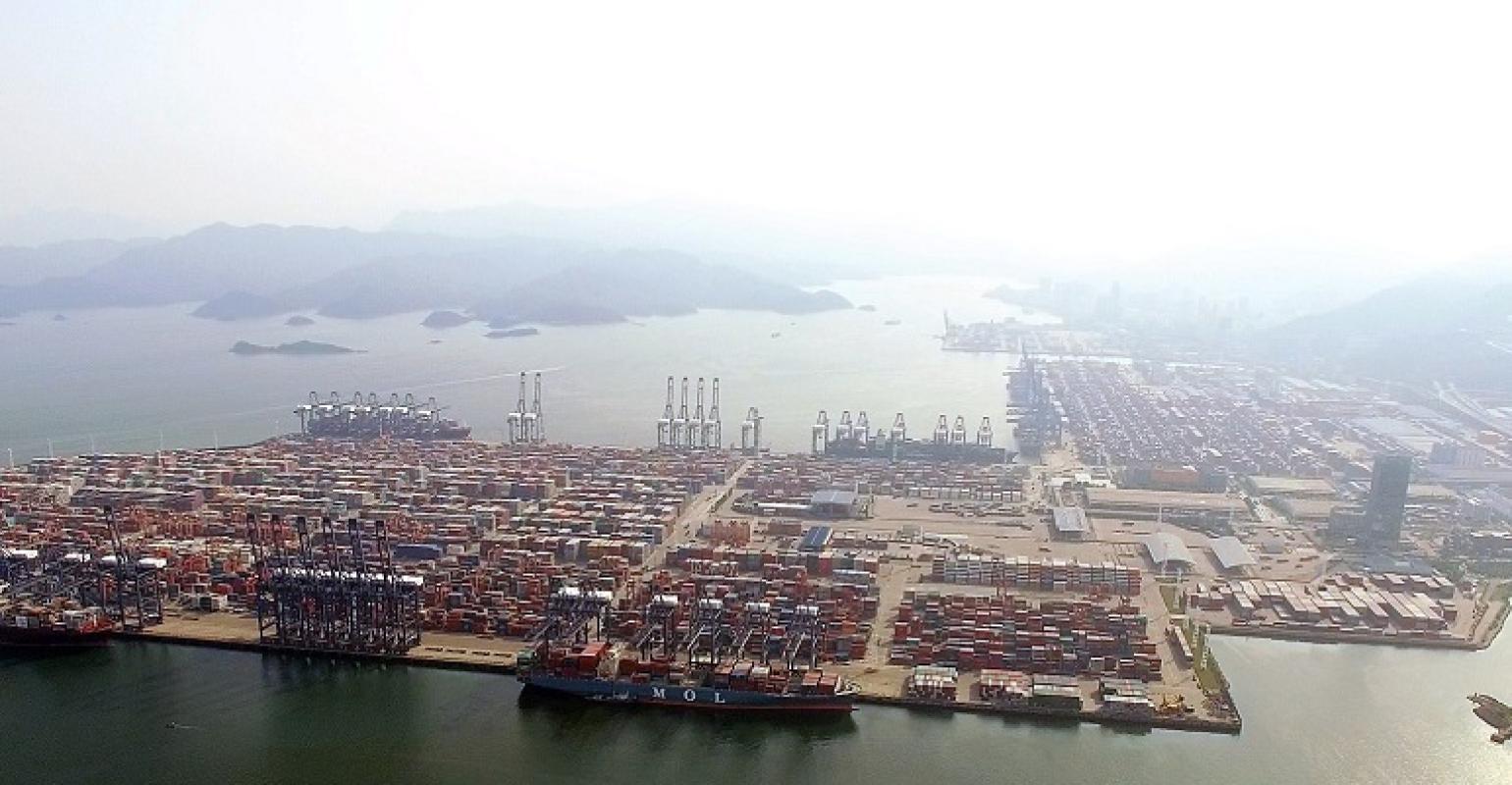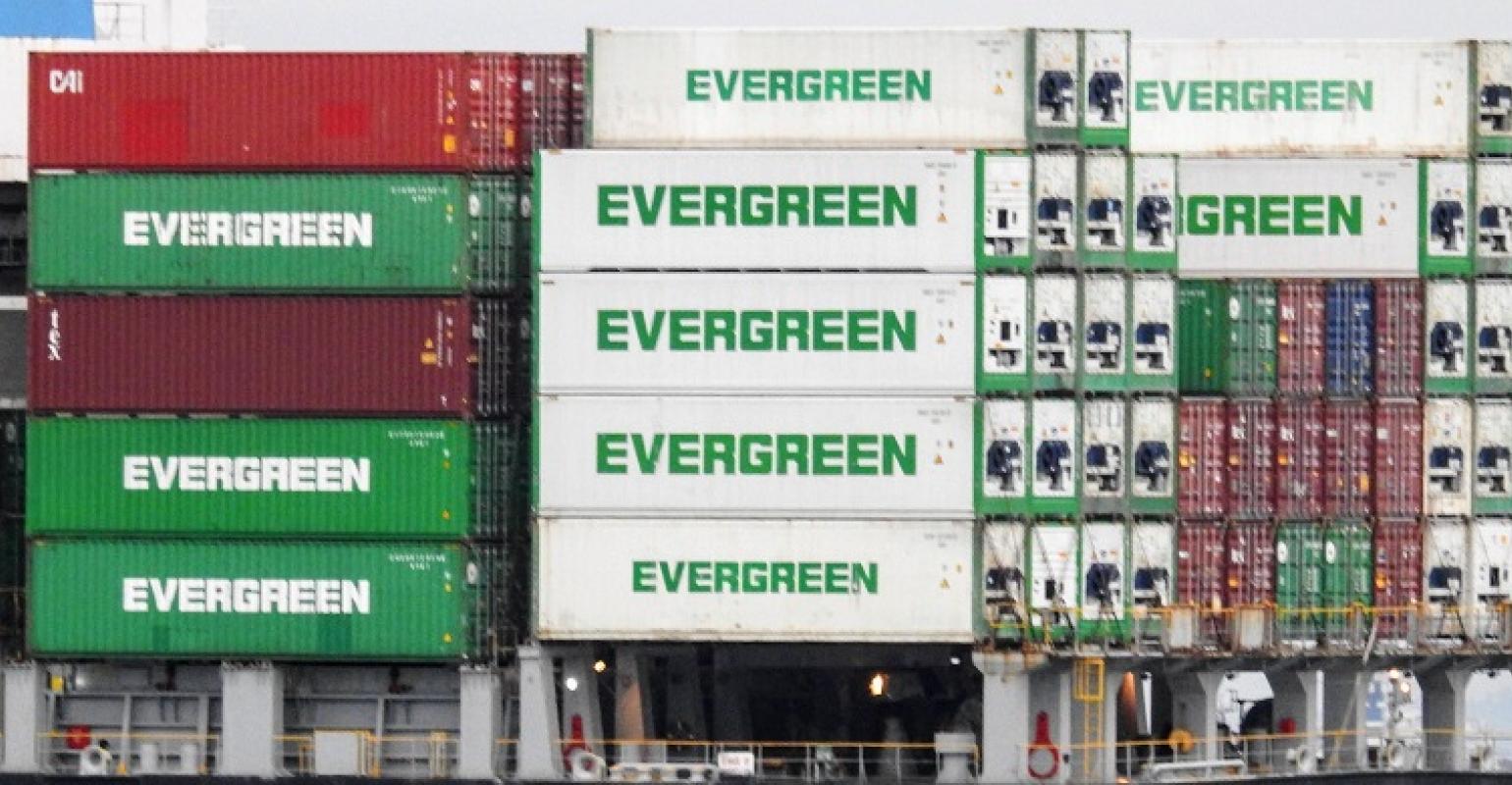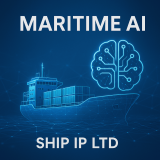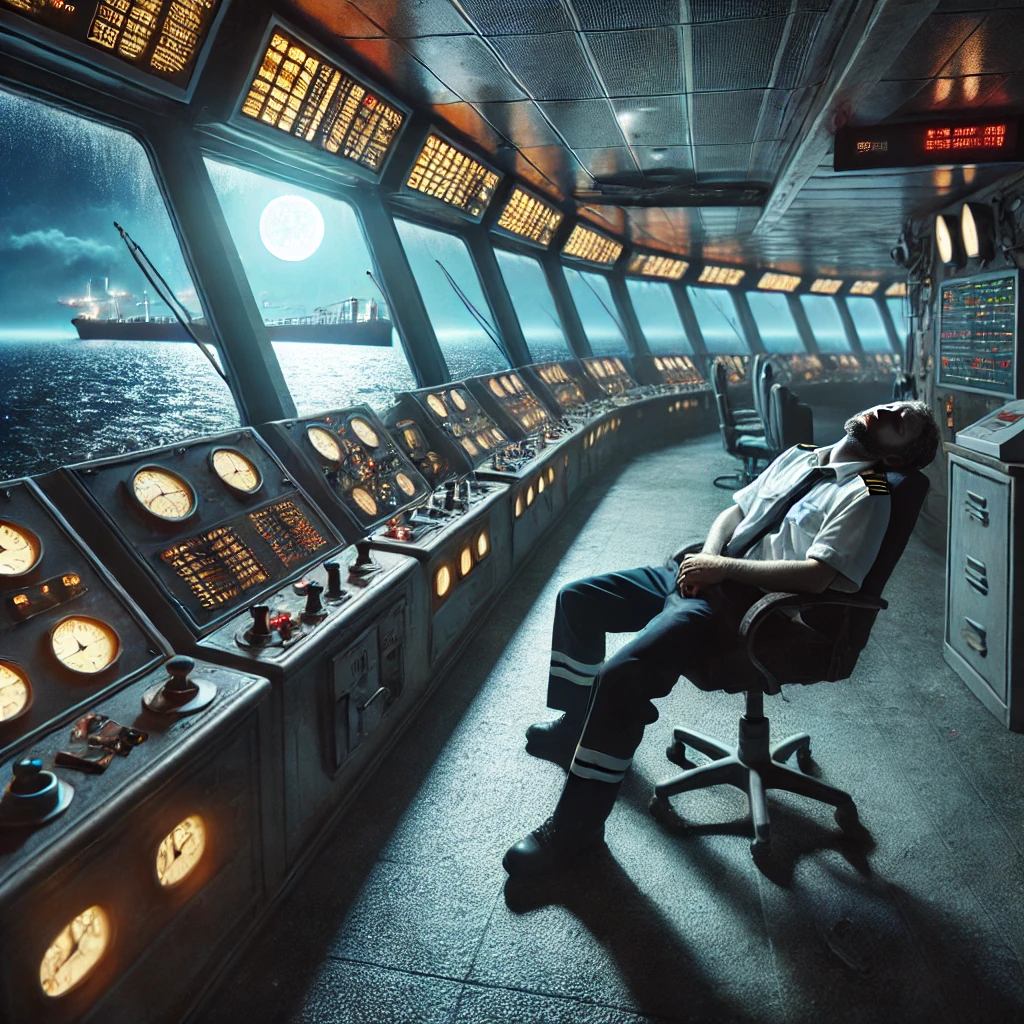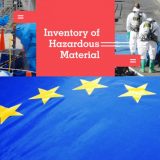Chris Morley, Group Director – Maritime, said: “After what has been a record-breaking year for entries, we are delighted to announce the finalists for this year’s Seatrade Awards. The last eighteen months have presented exceptional challenges, but the quality of our shortlist paints a remarkable picture of how teams from around the world have responded with strength, creativity and determination.”
The 2021 Seatrade Awards, in association with Lloyd’s List, finalists include:
INDUSTRY AWARD CATEGORIES:
Safety at Sea Award
- Alpha Ori Technologies
- Cindicium
- GMS
- HiLo Maritime Risk Management
- Life Floor
- WINDEA Offshore GmbH & Co. KG
Investment in People Award
- Columbia Shipmanagement Ltd
- Magsaysay
- Qatar Airways
- Sailors’ Society
- The Mission to Seafarers
- Thome Group
Sustainable Shipping Award
- Berge Bulk
- Chelsea Technologies Ltd
- FUELSAVE GmbH
- GoodFuels
- Marine Performance Systems B.V.
- PSA Marine (Pte) Ltd
INTELLIGENT SHIPPING AWARD CATEGORIES:
Marine Digital Technology Award
- DeepSea
- eMPX
- HiLo Maritime Risk Management
- Hunter Group ASA
- PINFABB SRL
- ShipMoney
- Wärtsilä Voyage
Cyber Security Award
- Constellation Inspection Marine Transport LLC
- CyberOwl
- GTMaritime
New! Port & Terminal Digital Technology Award
In Association with TOC Events Worldwide
- EMPRESAS TAYLOR
- Hutchison Leamchabang Terminal Limited
- NeZha Smart Port&Shipping Technology (Shanghai) CO., LTD
- Satakunta University of Applied Sciences
- Wärtsilä Voyage
SUSTAINABLE SUPPLY CHAIN AWARD CATEGORIES:
New! Sustainable Supply Chain Management Award
In Association with International Marine Purchasing Authority (IMPA)
- Berge Bulk
- Oceanic Catering
- Port of Tyne
- South Asia Gateway Terminals (Pvt) Ltd
EDITORIAL CHOICE AWARD CATEGORIES:
Deal of the Year
- PAO Sovcomflot (SCF Group) / Sovcomflot
- Red Sea Gateway Terminal
- Watson Farley & Williams LLP
The remaining five Editorial Choice categories, which includes Newcomer of the Year; Diversity & Equality Award; Global Performer; Personality of the Year and Lifetime Achievement Award will be selected by representatives from the Seatrade Maritime and Lloyd’s List editorial boards and announced during the presentation ceremony.
“Once again, the quality of nominations shared with Seatrade Awards has been remarkable. We would like to thank each entrant for taking the time to share with us their submissions and wish those on the shortlist good luck for the next round of judging ahead of our online celebration on Wednesday 3rd November 2021,” commented Chris Hayman, Chairman of Seatrade.
Seatrade Awards, which takes place in association with Lloyd’s List and is sponsored by ADNOC, Bureau Veritas and DNV, will now culminate with a virtual celebration which will be streamed globally on Wednesday 3rd November at 10:00hrs GMT (14:00hrs GST, 18:00 CST). Further information about how you join this virtual celebration will be released soon.
https://www.seatrade-maritime.com/events/2021-finalists-announced-seatrade-awards-association-lloyds-list

